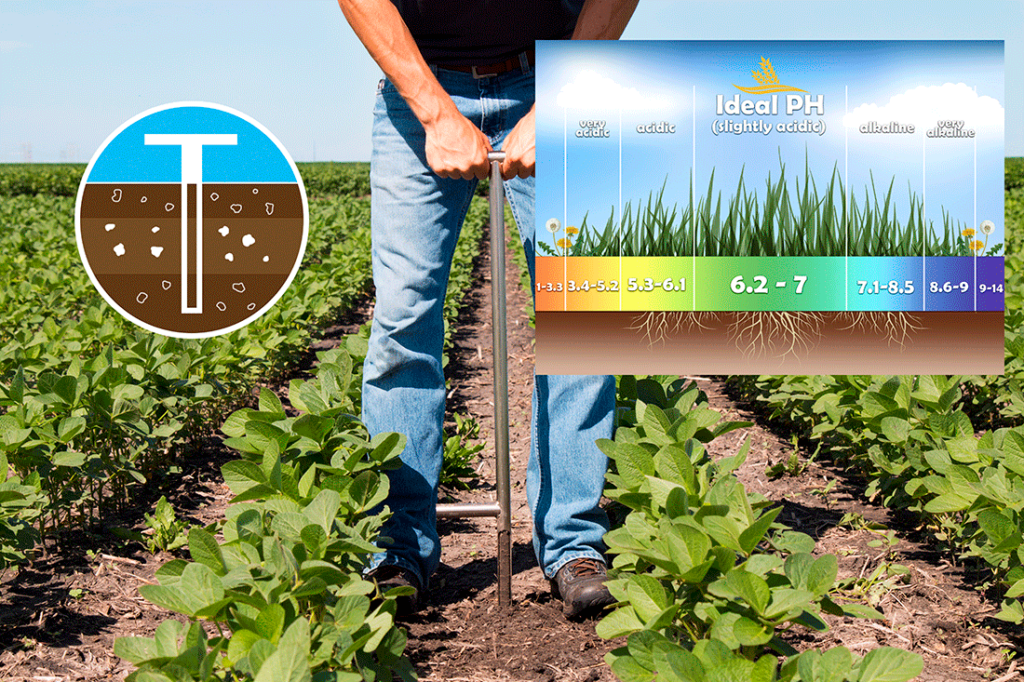
Soil Sampling
The main benefit of soil sampling is improved yields and economic return. Soil sampling is the first step in fertilizer management. Taking the time to sample will allow growers to use fertilizer in an efficient manner, saving both time and money.

How to Take Soil Samples
Important: Accurate soil analysis with meaningful interpretation requires properly taken samples. Follow all directions carefully and correctly. Sampling technique presents the greatest chance for errors in results. Laboratory analytic work will not improve the accuracy of a sample that does not represent the area.
Collect samples using chrome plated or stainless-steel sampling tubes or augers. A clean spade or shovel can also be used. Avoid galvanized, bronze or brass tools. Use clean, plastic buckets. Do not use galvanized or rubber buckets, as they will contaminate the samples.
